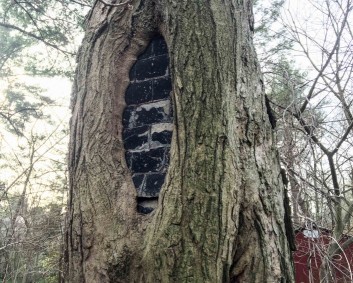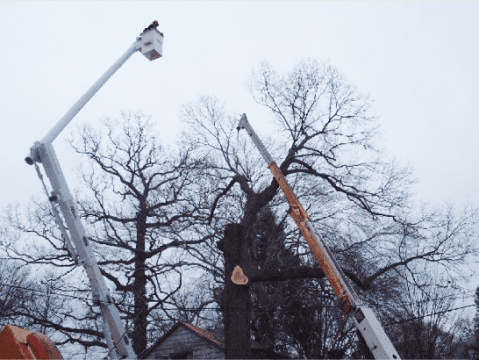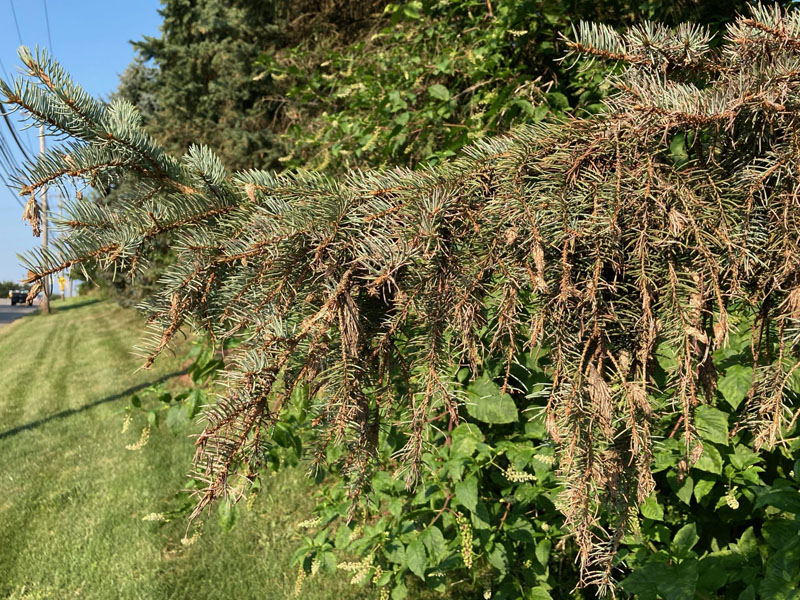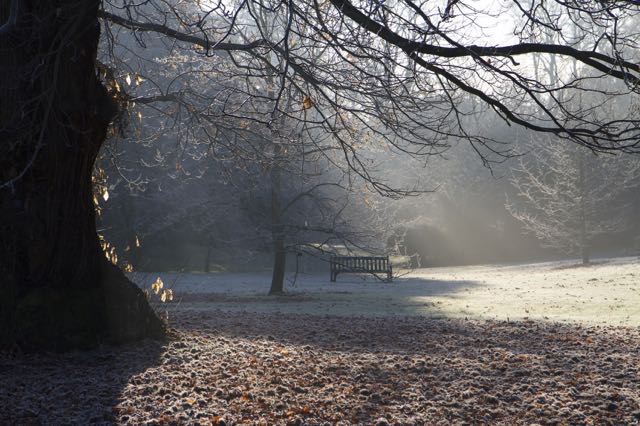What is arboriculture? It’s a question I am asked nearly every time I mention the word. This question often presents in a blank expression on a client’s face, so I’m compelled to quickly explain the word as best I can. Lately though, it feels like my traditional explanation is missing something. In the tree service industry, the explanation is very simple. After all, it’s a word that we use regularly amongst ourselves, and we (arborists) know what it means (in our heads), don’t we?
Arboriculture Definitions from the Web
Let’s look first at how Arboriculture (commonly pronounced arbor-culture) is defined by Merriam-Webster . “The cultivation of trees and shrubs especially for ornamental purposes”. This definition implies that the work of arborists is strictly for outdoor decorative purposes. However, I would not suggest this to any tree service here on the Main Line in Pennsylvania. Especially one that just spent several days with heavy equipment carefully rigging down and removing a hazardous tree over a historic home in a town like Wayne or Radnor, PA!
Next, Encyclopedia Britannica expands upon the definition of arboriculture (slightly). “Arboriculture is the cultivation of trees, shrubs, and woody plants for shading and decorating”. Britannica does then connect arboriculture to the culture and care of individual woody plants (such as trees) versus large groups of plants (such as forests). Britannica adds some great historical information behind the practice and the word itself. Although accurate, this definition still falls short in listing the responsibilities and work performed by arborists on a daily basis, especially here among historic neighborhoods and communities of the Main Line.
Moving on to a Wikipedia article on arboriculture, here’s a good review on the topic through the use of terms such as study, science, risk management, and tree hazard surveys. These terms correctly imply that arborists are not simply renamed gardeners (although trees are indeed the largest, longest-lived, and most valuable plants in your garden). Using the words risk and hazard, arboriculture suddenly has more importance, purpose, and duty beyond the maintenance of amenities. Using the words science and study, the implication that there is an underlying discipline behind our actions can be correctly inferred.
An Arborist’s View
Indeed, maintaining a 100 year old, 30 ton tree over your historic home in Gwynedd or Villanova requires specialized training, knowledge, skills, insurance, and equipment. To be sure, tree work requires athletic ability and nerves of steel. These large woody plants deserve professionally trained and preferably certified arborists. (Tip: consumers should always ask for and verify an arborist’s certification with the International Society of Arboriculture.)
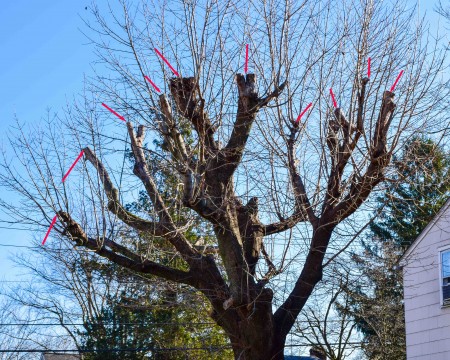
Tree topping is an extremely harmful pruning practice that usually results in disease, structural instability, and ultimately the premature loss of the tree.
Personally, I find the answer to the question, “What is arboriculture?” to be beyond a single, literary definition. In my opinion, it is an evolving practice, science, art, and philosophy. As arborists, we have a duty to our clients, to the trees, as well as to the urban forests and communities in which they reside. Ultimately, it is how we conduct ourselves that defines what arboriculture is.
Please Share on Social Media. It helps us and helps others!

